India, this magical land, full of colors, diversity, and rich history, is always calling travelers worldwide to come and enjoy the overwhelming variety. From the white-capped summit of the Himalayas to the yellow sanded beaches of Goa, the country is not only huge but over and above, it is diversified as well. However, that diversity creates different climates which need to be considered when planning the travel season. If you are wondering about the best time to visit India, Join me on the voyage, and we’ll go through India’s seasons to help you decide when is the best time for you to experience the alluring India.
Table of Contents
Best time to Visit India Month wise:
Spring: February to March
By the time spring finally sets in, India is ready to meet it with wide open arms. This is also an amazing period to go to many places in the country. It is not so hot, neither is it cold at the moment across many parts of the country. So the weather is just perfect, and the nature also bounces back to life as flowers start blooming.
North India:
Certain states, for example Rajasthan and Uttar Pradesh, have a good climate and are suitable for wandering around celebrated cities such as Jaipur and Agra. The Taj Mahal seems no less magical because of the appearance of beautiful flowers in the garden.
Also read: Perfect 3 Days Jaipur Itinerary.
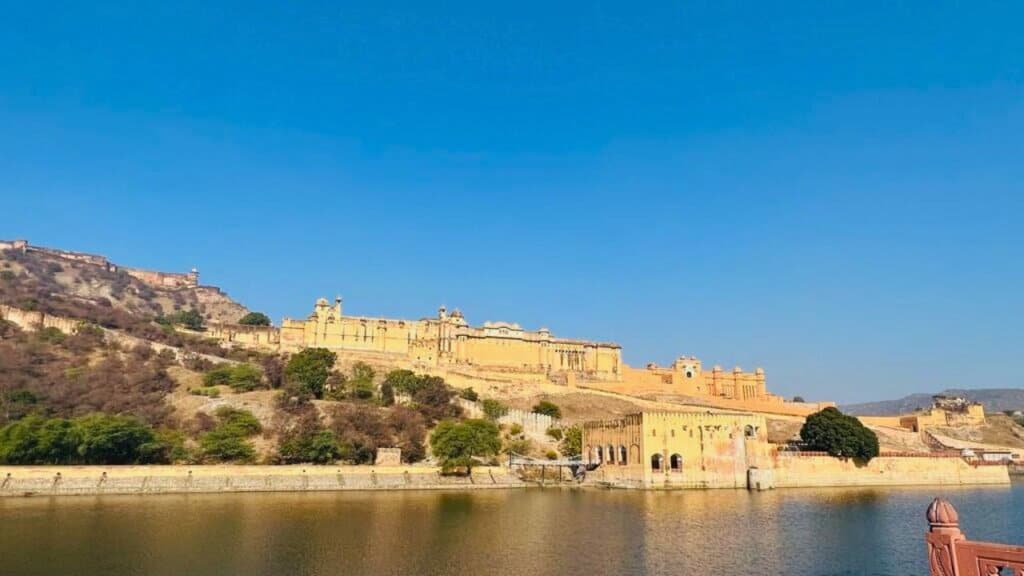
Himalayan Region:
Trekking in the Himalayas in March-April, especially in Himachal Pradesh and Uttarakhand, is known to be the most favorable time of the year. The trails are not too cold, and the view of white snow-covered mountains amidst all-blue sky is just beautiful.
Related: Best Trekking destinations in Uttarakhand.
However, many Himalayan treks are open during the winter months, whereas high-altitude treks are open during the spring and summer months. Your are advised to check opening
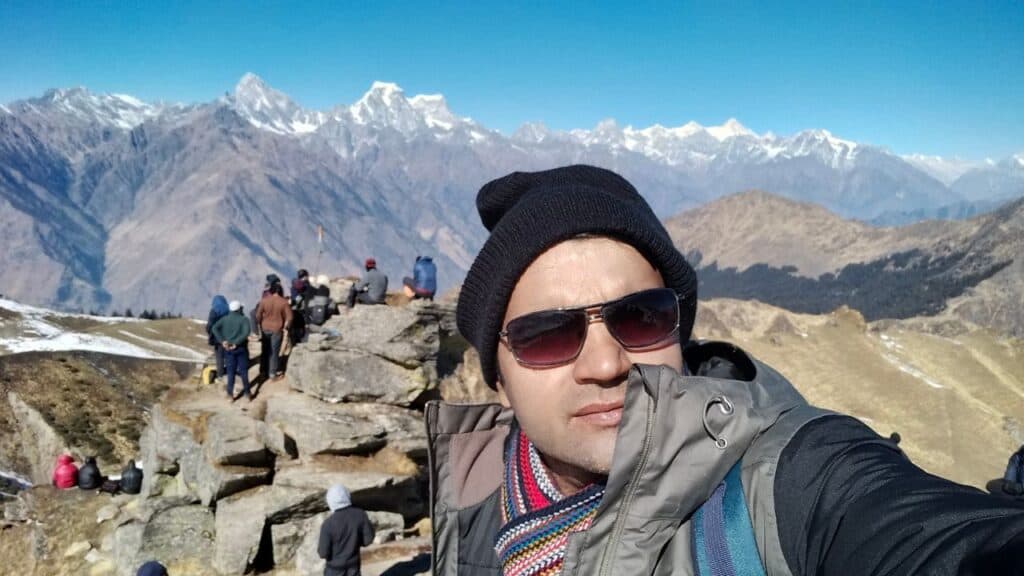
You are advised to check the opening time of a particular trek if you are visiting India for trekking purposes only.
Festival during this season:
One of the major festivals, Holi, falls in March every year. Holi, known as the festival of colors, is a vibrant and joyous Hindu festival celebrated in India. If you are in Delhi or Agra, do not miss the Holi of Mathura, the birth place of Lord Krishna. Mathura is very close to Delhi and Agra.
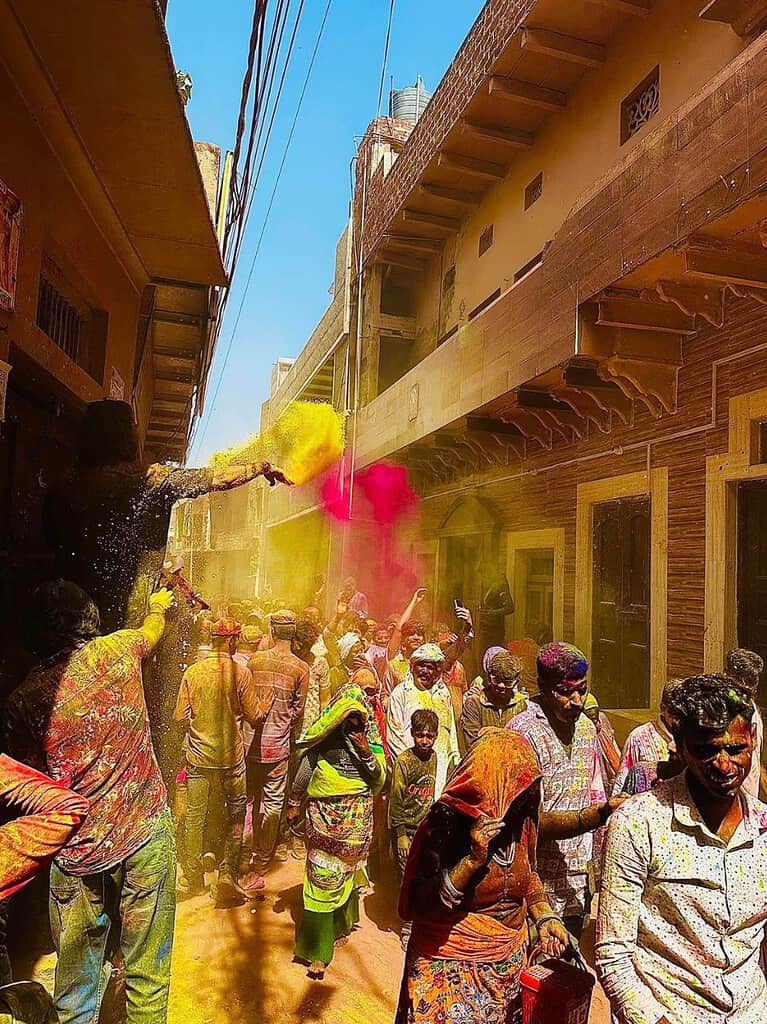
Summer: April to June
Since the temperatures rise, the summer is prevalent in most of India during which both dry, scorching heat and cool monsoon rains are welcomed.
Hill Stations:
During the scorching North India summers, hill towns like Shimla, Manali, Leh-Ladakh, Darjeeling, Kashmir Valley and Sikkim give one the pleasure of a cool retreat. Such a venue is especially appreciated by the local and those foreigners from colder countries who are in search of escape from the heat.
Kerala and South India:
While the rest of the country suffers from the deadly heat, bright colors of monsoon lights up the southwestern coast and the land of Kerala. From the waterways of Kerala that are literally brimming with backwaters to the diminishing rains, it is the beauty of the foliage that gets even more prominent during this season.

Hill stations in South India such as Ooty, Munnar and Kodaikanal are very popular for a summer escape.
Monsoon: Mid-June to September
The monsoon season brings relief from the scrouching heat but due to these heavy rains, there are times when for the travel plans, they are disrupted.
Western Ghats:
Along the western coast of India, the Western Ghats, an impressive range about 1,600 kilometers in length, start from Mumbai to Kerala, a majestic mountain. This UNESCO World Heritage Site is different from other geological wonders since it possesses the richest biodiversity, having the best varieties of plants and other animals in the world that cannot be found anywhere else on the planet.
Explore the splendid forests, magnificent waterfalls, and an exuberance of animals that make the Western Ghats the paradise for both nature lovers and adventure seekers.
There are many monsoon treks that you can do in Maharashtra during the rainy season, such as the as the Harishchandragad trek, the Kalsubai trek, Lohagad fort, the Takmak fort trek, etc.
KGL Trek (Kashmir Great Lake)
This is a very popular trek in Kashmir that is one week long. KGL Trek opens in August and September.
Autumn: October to November
When the monsoon season ends, India welcomes autumn season which is marked by many beautifully arranged festivals.
North India:
It will be the great time of year for you to admire the luxurious atmosphere during the celebration of holidays like such as Diwali or just stroll around old cities like worth visiting Varanasi and Jaipur. The weather is fine, so it is a good time to stroll around historical monuments and vibrant streets.
Tamilnadu and Karnataka:
The best time to discover the ray of sunshine that is the southern states of Tamil Nadu and Karnataka is the autumn when the scenes are pleasantly painted to make you explore the temples, hill station like Coorg and the bustling city of Chennai.
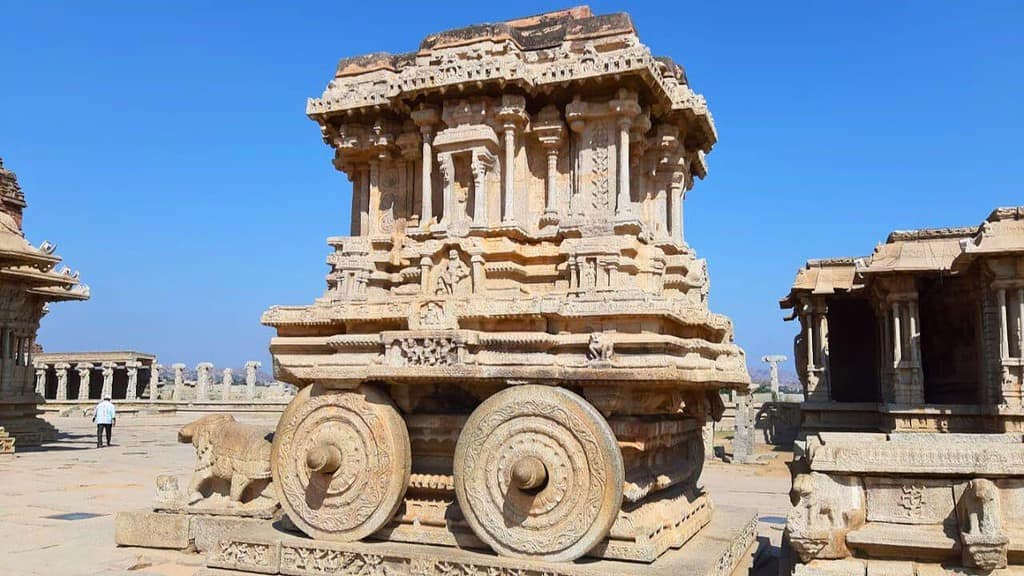
Actually Autumn and Winter months both are ideal period for exploring entire Southern part of India.
Festivals during These months:
Two major Hindu festivals, Vijayadashami (Dussehra) and Diwali, fall in October and November.
The Diwali or Deepavali is one of the most famous Indian festivals, which is the symbol that good always overcomes darkness and triumphs in light. The festival lasts for five days, and during that time there is plenty of eye candy in the form of colorful firework displays, tasty sweet delicacies and joyous get-togethers with kith and kin. It carries the same deep cultural and spiritual worth for Hindus, Jains, Sikhs, and Buddhists across the world, and so goes with its aura that encapsulates all the ones who join the celebration.
Don’t miss the Diwali festival at the Ayodhya Shree Ram temple.
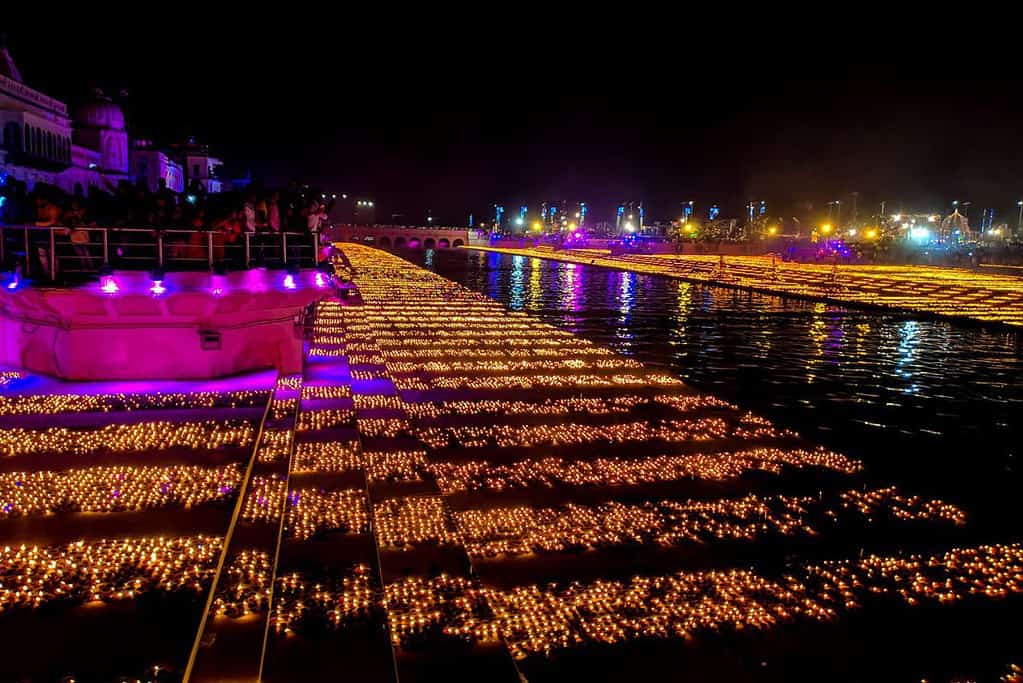
Dussehra also can be called Vijayadashami is one of the major Hindu festivals that celebrated with great enthusiasm all over India. This commendable day and age considered to be as the win of good over evil, thus it is the victory of lord avatar Rama over the demon king Ravana. Fairs are organized in every city, and the Ravana effigy is burned there. These Dussehra fairs are a good place to buy handmade artifacts and souvenirs.
Winter: December to january
Some states of India where the weather remains warm throughout the year, winter is a good time to visit such as western and southern states and Goa. The weather is very pleasant during this time.
Golden Triangle:
Delhi, Agra and Jaipur, which together are referring to the famous Golden Triangle, combine very well with this season when sunny warm days are the usual scene. Evening brings with itself the coldness of December, which amplifies the feelings of a person visiting the historical places.
Goa, Maharashtra, Gujarat and Rajasthan:
While West India, which comprises cities like Mumbai, Ahmadabad, Udaipur, Jaipur, Jodhpur and Jaisalmer, has its winters slightly on the colder side, it is favorable for this region to explore cultural landmarks, sample streets foods and colorful markets.
Related article: Explore entire Rajasthan in 20 Days.
Winter is the best time to visit Goa due to its pleasant climate. Tourists around the world visit Goa for the New Year celebration. A lot of musical events happen in Goa in the last week of December. Sunburn Goa is one of them.
South Indian states such as Karnataka, Tamilnadu and Kerala etc are also good to explore in winter months.
Winter treks in Himalaya:
If you are a trek lover and want to hike in the Himalaya, then there are many popular winter treks such as Kuari Pass, Bhimtal, Kedarkantha, etc. that are open in the winter months.
I did Kuari pass trek in the last week of December. You can read my blog on Perfect Kuari Pass Trek Itinerary.
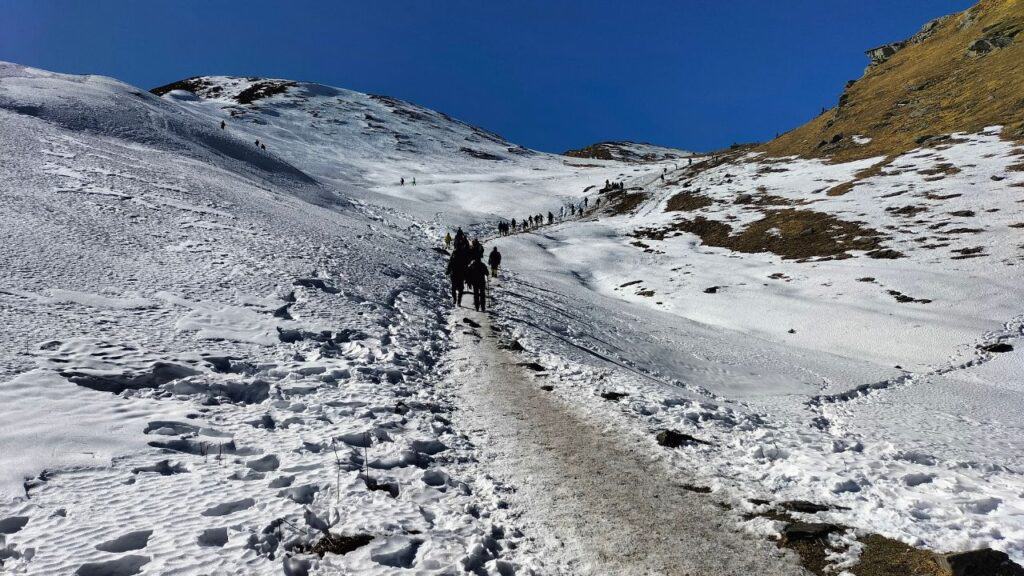
In Conclusion:
India is a country of diverse landscapes and every season is a new creation of its beautiful quality. Whether you are looking for the Himalayas’ snowy peaks, or the Animation, or just love to listen the backwater music of Kerala, there is a best time to visit India for each traveller. By being knowledgeable about seasons and arranging your trip accordingly, you will go through a trip that will feel like you are in a wonderful state.
So, where do you want your amazing Indian journey to take off from? With this chase of seasons, may India’s never-ending assortment of all kinds of experiences remain forever ingrained in your heart and soul.
FAQs about Best time to visit India:
When is the best time to visit India?
When it comes to deciding the best time to visit India, it depends on the area you intend to explore and the kind of experience you are yearning for. Mainly the winter period (October to March) is preferred; it is because of pleasant warm weather in most of India areas.
What is the weather like in India throughout the year?
In India, there is huge diversities of climates, from tropical in the southern part to the comparatively cold north. The months of March to June are often hot, particularly in the center and the north of the country, and the monsoon season between June and September is characterized by heavy rains in the west coast region and northeast.
Is there a specific season to avoid when visiting India?
Rainy season (June to September) might offer challenges to travelers who have stirring uncomfortable feeling when rains are so strong that it starts to disrupt even simple plans. But, if you are visiting for peaceful green scenes or externalization like western ghats, it can be an one of a kind experience.
what are the best months for cultural festivals in India?
Numerous festivals that come in bright colors happen all through the year. The autumn and winter months (October to March) are a season of many cultural festivals and celebrations, namely Dusshera, Diwali, Durga Puja, Christmas, and New Year which we all enjoy very much.
Is it essential to book accommodations nd travel in advance?
Yes, absolutely, especially during the high season, I recommend making early reservations and travel arrangements to find and secure the exactly what you are looking for and to avoid last-day anxiety. Especially it is very difficult to find train ticket during festival and summer vacation time.
What should I pack when visiting India?
For comfort, proper clothing that is light and breathable is necessary, especially during the hot seasons. In winter layering of clothes is a must, particularly in the northern regions. Walking shoes, sunscreen, insect repellent and adapter are the other things you may have.
Discover India’s diverse climates for the ideal visit. Winter (October to March) offers pleasant temperatures, while summer (April to June) is best for the Himalayas